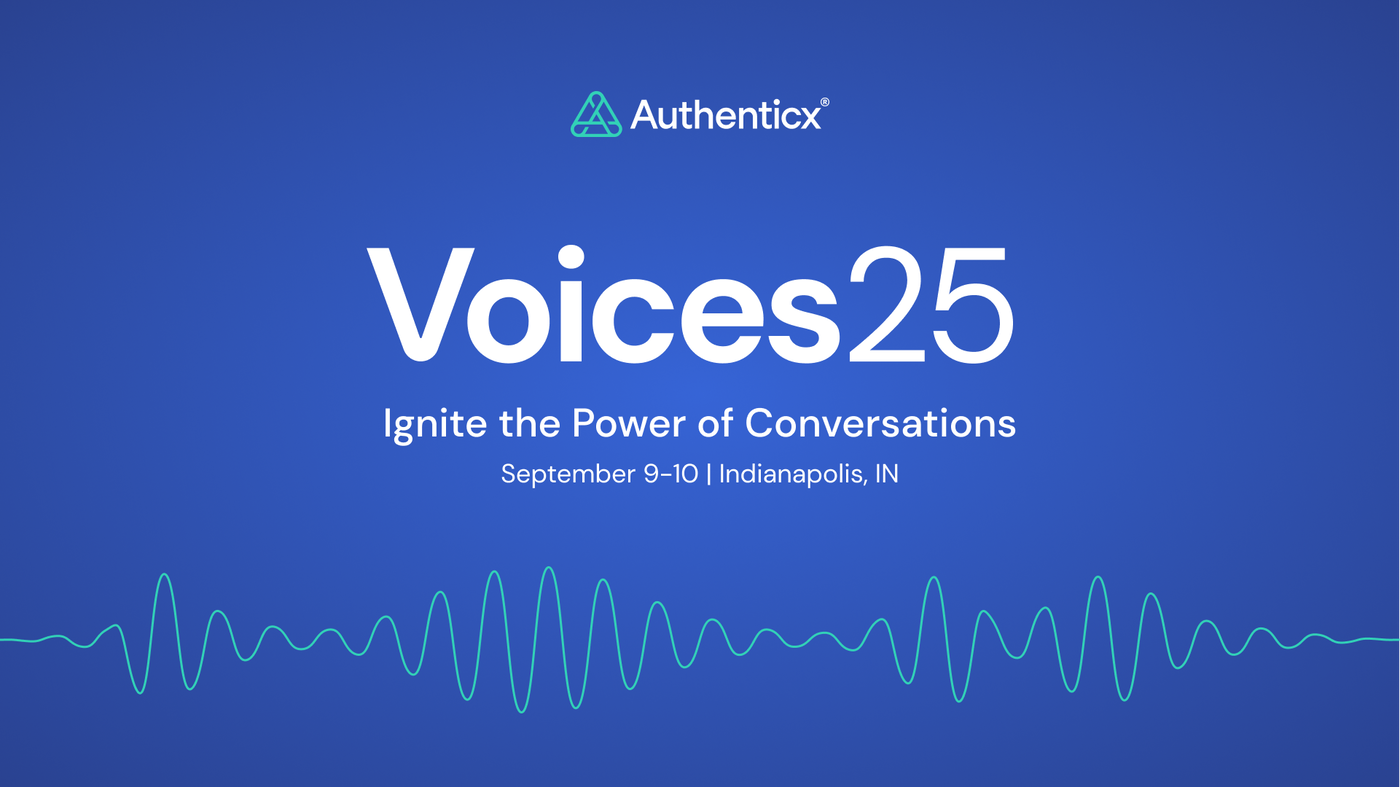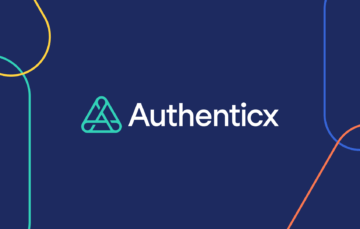
In the complex world of healthcare, it’s important to have patient safety indicators identification in place to ensure compliance and patient protection. A lack of patient safety oversight not only results in harm to patients but also generates significant compliance risks, financial penalties, and reputational damage for healthcare organizations.
Enter AI-powered compliance solutions that give organizations the ability to measure, monitor, and improve patient safety indicators (PSIs) with unmatched reliability, timeliness, and accuracy.
Traditional approaches to quality and safety monitoring often rely on human review of small sample sizes or retrospective, memory-based reporting. However, with the ever-expanding volume of patient interactions, paired with the natural prevalence of human error, these methods are falling short. Compliance AI—especially when purpose-built for healthcare—automates the detection of safety events (adverse events, product complaints, other special situations) in real time, provides early signals on process failures, and ensures organizations stay aligned with regulatory guidelines such as those from the Agency for Healthcare Research and Quality (AHRQ) as well as internal standards.
How Do You Measure Patient Safety?
Measuring patient safety involves tracking a variety of metrics that reveal how frequently preventable harm occurs. Common methods include:
- Incident reports
- Chart audits
- Patient feedback surveys
However, these traditional methods are reactive, memory-reliant, and only capture a small portion of available data.
Intelligence platforms are revolutionizing this process by analyzing unstructured data—such as call recordings, chat logs, and emails—to surface real-time insights about safety concerns. With healthcare-specific models trained on millions of patient interactions, detecting adverse events, flagging HIPAA noncompliance, and other safety-related risks automatically becomes a reality when the right tools are leveraged for these specific concerns and challenges in healthcare.
This kind of continuous, AI-driven monitoring and measurement ensures that organizations no longer need to wait for quarterly reviews to understand how safe their care delivery truly is—they get in near real-time. This proves most important when considering objectivity of human vs. AI review, namely regarding healthcare compliance’s high-risk potential. Whether something is or is not an adverse event has repercussions, so why chance patient safety if you don’t need to?
Knowing the types of patient safety indicators becomes a standardization of the AI algorithm. It flags safety risks and does so consistently. This helps eliminate the false flags and unnecessary escalations that human subjectivity could create. This is the power of an AI tool that understands complex challenges, standardizing PSIs within the model itself.
Learning the Types of Safety Indicators
Patient safety indicators are often grouped into the following categories:
- Preventable complications
- Process adherence
- Adverse drug events
- Surgical safety events
- Falls and injuries
Each indicator reflects a critical point where the healthcare system either succeeded or risked patient protection. By mapping these indicators across all patient touchpoints, AI models have the ability to help identify patterns and gaps in care delivery that may not be clear from only reviewing isolated incidents.
The Golden Rule: AHRQ Patient Safety Indicators
The Agency for Healthcare Research and Quality (AHRQ) offers a standardized set of Patient Safety Indicators (PSIs) to track potential safety issues. These include both inpatient and outpatient measures, such as:
- PSI 03: Pressure Ulcer Rate
- PSI 06: Iatrogenic Pneumothorax
- PSI 12: Postoperative Pulmonary Embolism or Deep Vein Thrombosis
- PSI 90: Composite of multiple safety indicators
These indicators are not only key to CMS (The Centers for Medicare & Medicaid Services) reimbursement and accreditation but also form the foundation for internal quality improvement initiatives, which vary from organization to organization. This not only highlights the need for having the right tool but also gives insight into needing the right vendor along the way that can maintain and alter AI functionality for an organization’s exact compliance goals.
However, aligning day-to-day operations with these benchmarks is challenging without automation. This is where AI creates value. With AI models trained exclusively on conversation data, organizations can better view flagged safety events and non-compliance issues that correspond directly with AHRQ’s PSIs—often surfacing risks before they result in patient harm.
Moreover, by analyzing 100% of patient conversations (and not just small samples), organizations get a statistically robust view of their safety performance.

Tying Safety to Adverse Events
Adverse events—like medication errors, surgical complications, and misdiagnoses—are direct reflections of patient safety breakdowns. Tracking them is essential for proactive compliance management. Yet adverse events often result in:
- Inconsistent reporting due to gaps in training
- Under-reporting due to burdensome documentation processes
- Over-reporting out of an abundance of caution by the agents handling the conversations
AI-powered compliance tools are changing that. Authenticx, for example, uses automated transcription, classification, and adverse event detection to surface these critical moments without requiring manual input. This automation means that no call or message goes unheard, and no safety signal goes unnoticed.
By tying PSIs directly to known adverse events, organizations gain a clear understanding of where and why harm is occurring—and how to fix it.
Pharmacovigilance and Patient Safety
Pharmacovigilance, the monitoring of drug-related adverse effects, is key to patient safety. As new treatments enter the market, tracking side effects and medication-related risks becomes more important and more difficult.
AI enables a scalable pharmacovigilance service. Through sentiment analysis, advanced classifiers, and deep learning, AI can detect mentions of drug side effects, confusion about medication instructions, and potential misuse or non-adherence within patient conversations. These insights help pharmaceutical companies and healthcare providers act quickly to mitigate harm.
At Authenticx, we add another layer of insights with our proprietary Eddy Effect™ model. It plays a pivotal role in identifying friction in the patient journey—such as unclear drug instructions or access barriers—that correlate with therapy abandonment and adverse outcomes.
Using AI Compliance Tools to Measure Patient Safety
Compliance AI solutions offer a range of capabilities to streamline safety measurement:
- Real-time detection of adverse events, HIPAA violations, and quality complaints
- Automated call summaries and coaching notes to reduce manual review time
- Out-of-the-box safety classifiers trained exclusively on healthcare data
- Integrated reporting and dashboards that connect directly to compliance workflows
Unlike generic analytics platforms, Authenticx’s AI is built from the ground up for healthcare—ensuring greater reliability, better contextual understanding, and faster time to valuable insights.
Ultimately, measuring patient safety with AI is not just about data—it’s about actionable intelligence that leads to safer, smarter care.
If you’re ready to elevate your patient safety strategy with compliance-ready AI, explore more at authenticx.com or connect with the team to schedule a personalized demo, view our self-guided Compliance Suite tour, or download our compliance checklist to see how your organization is measuring patient safety indicators with purpose.
About Authenticx
Authenticx was founded to analyze and activate customer interaction data at scale. Why? We wanted to reveal transformational opportunities in healthcare. We are on a mission to help humans understand humans. With a combined 100+ years of leadership experience in pharma, payer, and healthcare organizations, we know first-hand the challenges and opportunities that our clients face because we’ve been in your shoes. In 2023, Authenticx was ranked No. 349 on the Inc. 5000 recognized as one of America and Indiana’s fastest-growing private companies.
Want to learn more? Contact us!
Or connect with us on social! LinkedIn | Facebook | Instagram | YouTube


